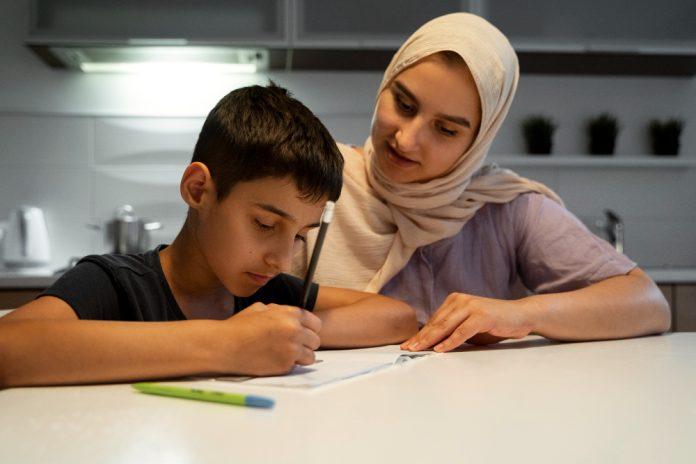A classroom is a great place to teach pupils habits that will benefit them in their adult lives. The emphasis of today’s educational system has evolved from a teacher-centric approach to a student-centric. Now the students are in charge of their learning.
What is Collaborative learning?
In a collaborative learning strategy, two or more people work together. This is done to comprehend a shared learning concept and finish a shared assignment. In a classroom setting, students with questions could ask their classmates before approaching the teachers. This exercise is not intended to keep teachers out of students’ learning processes. Instead, it encourages students to rely on their community’s collective expertise. This would inspire pupils to recognize and admire their neighbours’ inventiveness and give them fair recognition.
Benefits of Collaboration in the learning process
Diversity Celebration: Collaborative learning initiatives may broaden learners’ horizons. They start getting fresh perspectives from their socially and culturally diverse peers. Students can also compare their lives and values with their peers and learn to accept diversity without being judgemental.
Improve Communication and Confidence: Collaborative learning projects can improve students’ sense of responsibility at work while boosting their confidence and self-esteem. Good communication skills are necessary for expressing thoughts. It supports them; working with others to broaden their views is also strengthened with these activities.
Encourages Social Interaction: Students must communicate as a team through eye contact, vocal communication, and social indicators to participate in collaborative learning. Working for a shared objective teaches people with different personalities to communicate and listen. Through this process, learners exercise and build social skills like respect, active listening, and empathy.
Improves problem-Solving: Collaborative learning initiatives frequently necessitate groups completing a task or solving an issue. The group must discuss and examine several ideas to identify the best solution. Working through a problem in a group can help students strengthen their problem-solving skills or professionals learn new approaches. In addition, it helps to handle various job scenarios.
How to Build Collaboration in Classroom?
Teachers should take the initiative to make groups
Students will arrange themselves into friendship groups based on shared interests if left to their discretion. When teachers establish groupings, they can match children based on their strengths and weaknesses. It should be done purposefully, blending ability, diversity, and social aptitude.
Groups should be appropriately sized for optimal efficacy
A group that is too small cannot have enough diverse or lively ideas. While one that is too big might discourage some students from participating. The ideal four to five-person group will help kids learn collaboration.
Make use of actual issues rather than hypothetical ones
Students get information for practical, real-world activities by researching and establishing genuine judgments. Give a scenario in which kids may feel implicated. It can be an environmental concern or a complex societal issue – they will take more ownership of the project. Choose a problem in the kids’ community and push them to solve it.
Collaborative learning is only one of the many ways that education is evolving today. The best schools in Abu Dhabi offer collaborative learning to help students to learn teamwork. Are you looking for Abu Dhabi school admission, Global Indian International School? Well, it will be your best pick as they offer a child-centric curriculum for holistic development.
